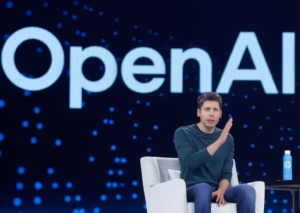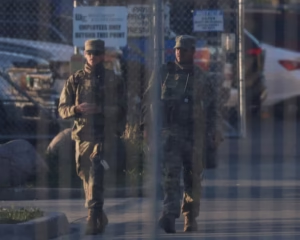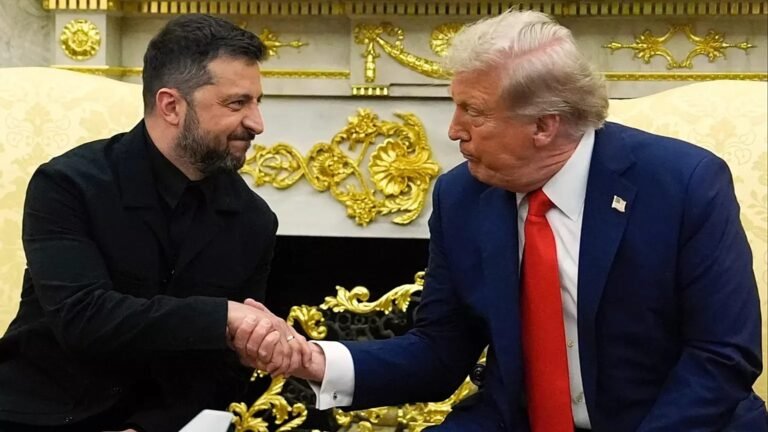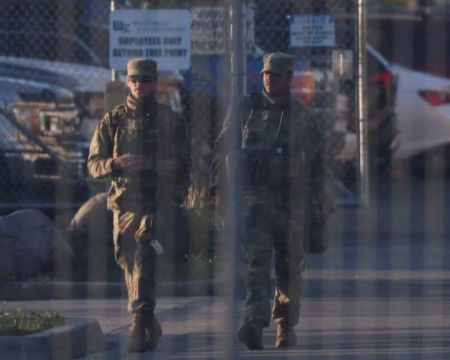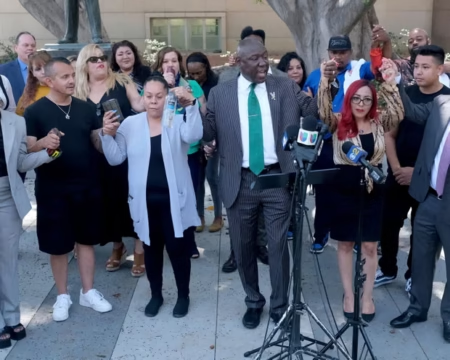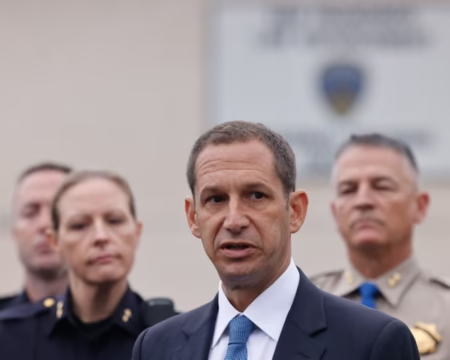President Volodymyr Zelensky returned to the White House on Monday for a fresh round of talks with President Donald Trump, seeking progress on a path toward ending the war in Ukraine. The meeting came just days after Trump held a high-profile summit in Alaska with Russian President Vladimir Putin, which ended without a ceasefire agreement but opened the door for potential security commitments.
Several European leaders joined the discussions in Washington, underlining the importance of a united front in negotiations. Despite the optimism expressed by Trump, European officials voiced more cautious assessments, and by the end of the evening there were no binding commitments to a peace deal or to formal security guarantees for Ukraine.
In remarks before the talks, Trump revealed he had already spoken to Putin by phone for 40 minutes and discussed arranging a possible meeting between the Russian leader and Zelensky. He hinted that a trilateral discussion, involving the United States, could follow any initial bilateral encounter. The idea of bringing the two wartime rivals face-to-face has long been contentious, with Moscow resisting such proposals since the full-scale invasion in February 2022. For Zelensky, the prospect of a direct meeting could demonstrate whether the Kremlin is serious about peace, though skepticism remains.
European officials appeared wary of Trump’s suggestion that negotiations could move forward without a formal ceasefire. While Trump downplayed its necessity, key European leaders insisted it remained a crucial step. German Chancellor Friedrich Merz stressed that he could not envision another round of talks taking place without an end to active fighting. This contrast highlighted the differing approaches between Washington and its European partners. Zelensky himself did not repeat his earlier demands for an immediate ceasefire, leaving his position less rigid than in past months.
One of the most significant developments from the White House meeting was Trump’s strongest signal yet that the United States is prepared to provide Ukraine with meaningful security guarantees. While he stopped short of confirming whether American troops could be part of such commitments, he suggested that Europe would serve as the “first line of defense” and that the United States would remain deeply involved. “We’ll give them good protection,” Trump said, adding that Putin had accepted the idea of guarantees during their Alaska summit.
Zelensky expanded on the concept during a press conference, announcing that the United States had agreed in principle to a $90 billion arms package that would form part of the security framework. This deal, he explained, would include advanced aviation and anti-missile systems, along with other undisclosed weaponry. In addition, the United States would purchase Ukrainian-made drones to help support Kyiv’s defense industry. Zelensky said the full details of the security guarantees could be finalized within ten days, framing the discussions as a major step toward long-term stability.
The Ukrainian president also used the occasion to reset his relationship with Washington. Wearing a dark suit instead of his customary military attire, he adopted a warmer tone toward Trump, expressing gratitude multiple times during their exchange. This contrasted with his previous visit in February, when tensions with U.S. officials surfaced over concerns about Kyiv’s attitude toward American support. Zelensky even presented Trump with a personal letter from his wife, Olena Zelenska, addressed to First Lady Melania Trump, adding a symbolic gesture of goodwill.
European leaders attending the meeting echoed both appreciation and caution. NATO officials praised Trump for bringing parties together, while Italian Prime Minister Giorgia Meloni remarked that Russia’s stance appeared to have shifted slightly in recent days. French President Emmanuel Macron reminded the group that any guarantee for Ukraine’s security also directly affects the safety of Europe itself. Their presence underscored the high stakes not only for Ukraine but for the wider continent.
As discussions continue, the gap between U.S. and European strategies remains evident, particularly on the question of a ceasefire. Still, the talks reflected growing momentum toward some form of settlement. With both Trump and Zelensky signaling openness to new structures of protection, the idea of Ukraine security guarantees is emerging as a central pillar in ongoing diplomatic efforts.


